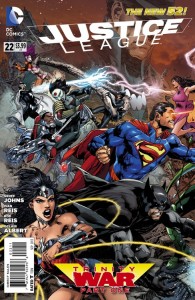 Look: I am never gonna hate too much on a comic book that gives me Superman fighting with Captain Marvel. And yes, I know that DC wants me to call him Shazam now. But I am old and crochety, and frankly? I am proud of the self-education I gave myself, back in the days of the 1970s Shazam! Saturday morning TV show, to call the character “Captain Marvel” rather than “Shazam.” Because I didn’t want to look stupid to the older comic book fans who lived on my block. And they did call me stupid when I called that guy “Shazam.” You hearing me, DC Comics? You listening me to digress like a sonofabitch?
Look: I am never gonna hate too much on a comic book that gives me Superman fighting with Captain Marvel. And yes, I know that DC wants me to call him Shazam now. But I am old and crochety, and frankly? I am proud of the self-education I gave myself, back in the days of the 1970s Shazam! Saturday morning TV show, to call the character “Captain Marvel” rather than “Shazam.” Because I didn’t want to look stupid to the older comic book fans who lived on my block. And they did call me stupid when I called that guy “Shazam.” You hearing me, DC Comics? You listening me to digress like a sonofabitch?
Anyway. Justice League #22, the opening of the long-teased The Trinity War crossover event, gives me a good couple of pages of Superman and Captain Marvel tuning each other up. And as someone who remembers, as a young kid, waiting feverishly for Justice League of America #137 to show up in the spinner rack of my local corner grocery store (where they knew me by name and asked me to stop pretending the lime Ring Pops were Green Lantern power rings if I wasn’t gonna pay for one), seeing that makes me remember my youth and makes me predisposed to like a comic book.
And I did like Justice League #22… up to a point. As a kickoff point for a big crossover, it gives us a few examples of solid and believable characterization (and a few that aren’t – would someone at DC decide what kind of person Superman really is in the New 52?), it drops enough groundwork to let us believe that we’ll finally get the full story on Pandora – the mystery woman from all the initial first issues of the New 52, remember? – and if gives some good, solid, hot, sweet, superhero-on-superhero action.
If it has an Achilles’ Heel, it is that it is currently 2013. Which means that any continuity-wide story that features half of its superheros kicking the crap out of the other half is doomed to feel kinda like a lift from Marvel’s Civil War, or last year’s Avengers Vs. X-Men.

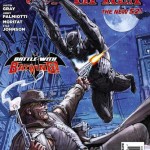
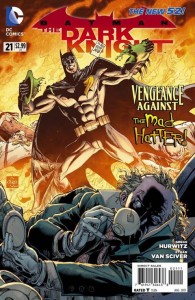
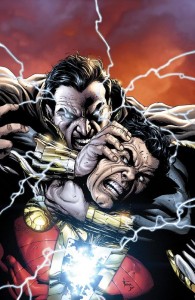
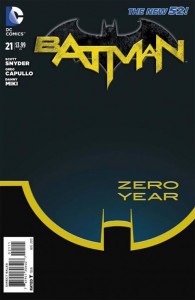
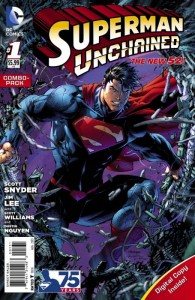
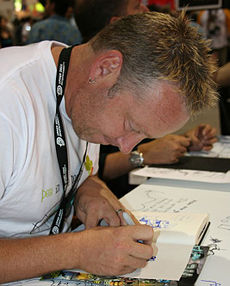
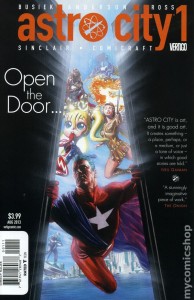
 Podcast RSS Feed
Podcast RSS Feed iTunes
iTunes Google Play
Google Play Stitcher
Stitcher TuneIn Radio
TuneIn Radio Android
Android Miro Media Player
Miro Media Player Comics Podcast Network
Comics Podcast Network